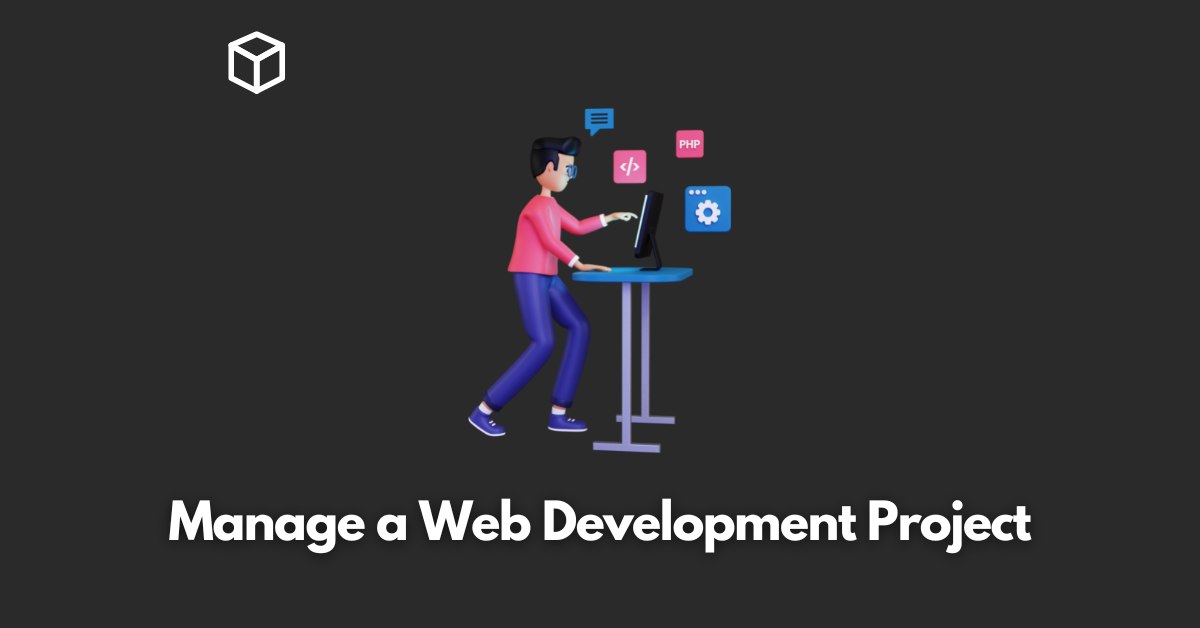Web development is a complex and dynamic process that requires careful planning and management in order to be successful.
Whether you’re creating a website for a small business or a large corporation, project management is essential for ensuring that your project is completed on time, within budget, and to the satisfaction of all stakeholders.
In this article, we’ll take a closer look at the key elements of project management in web development, including how to define the project scope, create a project plan, manage resources, monitor and control the project, and wrap up the project successfully.
Defining the Project Scope
The first step in any web development project is to define the project scope.
This involves identifying the project goals and objectives, outlining the project deliverables, and establishing project constraints such as budget and time frame.
By clearly defining the project scope, you’ll be able to ensure that all stakeholders are on the same page and that the project stays on track.
Creating a Project Plan
Once the project scope has been defined, the next step is to create a project plan.
This involves identifying the tasks and subtasks required to complete the project, establishing a project schedule and timeline, and assigning roles and responsibilities to team members.
Having a clear and detailed project plan in place will help ensure that the project stays on schedule and that everyone knows what they need to do to contribute to its success.
Managing Project Resources
Managing project resources is also an important aspect of web development project management.
It includes identifying the necessary tools and technologies for the project, managing the project budget, and allocating resources such as personnel and equipment.
By effectively managing project resources, you’ll be able to ensure that the project stays on budget and that the team has everything they need to complete the project successfully.
Monitoring and Controlling the Project
As the project progresses, it’s important to monitor and control the project to ensure that it stays on track.
It includes tracking project progress, identifying any issues or risks, and making adjustments to the project plan as necessary.
It’s also important to communicate with stakeholders to keep them informed of project progress and to ensure that their needs and concerns are being addressed.
Wrapping up the Project
Once the project is complete, it’s important to wrap it up by completing all remaining tasks and subtasks, conducting a final review and evaluation of the project, and documenting lessons learned for future reference.
This will help ensure that the project was a success and that the team can apply what they’ve learned to future projects.
Conclusion
Web development project management is a complex and challenging process that requires careful planning and management in order to be successful.
By following the key elements outlined in this blog post, including defining the project scope, creating a project plan, managing resources, monitoring and controlling the project, and wrapping up the project, you’ll be able to ensure that your web development project is completed on time, within budget, and to the satisfaction of all stakeholders.




